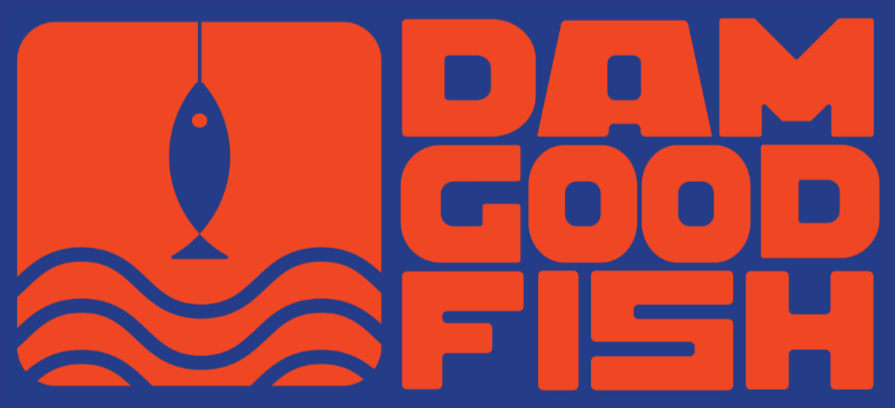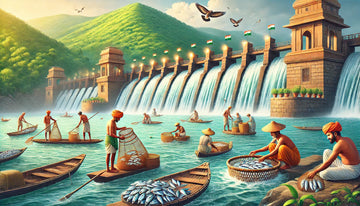By Shobhit Gaur, Co-founder, Dam Good Fish
The seafood industry has long been associated with complex supply chains, middlemen, and delays that compromise freshness. By the time seafood reaches consumers, it often has traveled for days, if not weeks. But now, direct-to-consumer (D2C) strategies are rewriting this story — making seafood delivery fresher, more transparent, and more sustainable than ever before.
At Dam Good Fish, we’ve embraced D2C not just as a distribution model, but as a mission to transform how India experiences seafood.
Why D2C Matters in Seafood
The D2C approach allows brands to bypass middlemen and sell directly to consumers. While the model existed earlier, it gained momentum during the COVID-19 pandemic, when people demanded safe, traceable food delivered to their doorsteps.
For seafood — a highly perishable product — D2C is a game-changer. It ensures faster turnaround times, better quality control, and direct relationships with customers.
Dam Good Fish: Redefining Freshness from Dam to Plate
Founded in Gurgaon by Shailesh Patel and Shobhit Gaur, Dam Good Fish delivers ultra-fresh, naturally raised, and wild-caught fish directly from dams and reservoirs. Unlike conventional providers who rely heavily on frozen or pond-raised fish, our model guarantees that seafood is caught, processed, and delivered within a day.
What Sets Our D2C Strategy Apart?
· Freshness & Sustainability: Fish sourced from pristine dams, free from chemicals, antibiotics, or artificial feed.
· Direct-from-Source Approach: Cutting out middlemen ensures unmatched freshness while supporting ethical practices.
· Convenience for Customers: A user-friendly online platform with flexible delivery slots, giving consumers control and confidence.
· Community Building: Beyond sales, we share knowledge on sourcing, nutrition, and sustainability, fostering an informed seafood community.
Challenges Along the Way
Of course, scaling a D2C seafood brand isn’t without hurdles:
· Logistics: Ensuring a cold chain from harvest to doorstep requires investment and operational precision.
· Digital Marketing: Standing out in a crowded online marketplace demands strong storytelling and sustained brand building.
· Infrastructure & Regulation: In many regions, infrastructure gaps can limit seamless D2C delivery of perishables.
Yet, these challenges also push innovation. For example, investments in cold chain technology and digital-first strategies not only solve immediate issues but also set higher industry benchmarks.
The Future of Seafood Delivery
Consumers are becoming more conscious, health-driven, and sustainability-focused. They want food that is fresh, traceable, and aligned with their values. This is where D2C seafood brands like Dam Good Fish are well-positioned to lead.
As technology and logistics evolve, the opportunity to expand D2C seafood models across India — and eventually globally — is enormous. From dam to plate, the model is setting new standards of freshness, sustainability, and transparency.
At Dam Good Fish, our commitment remains simple: to deliver seafood that’s not just fresh, but responsibly sourced and trust-worthy.
Because in the end, it’s not just fish - it’s Dam Good Fish.





